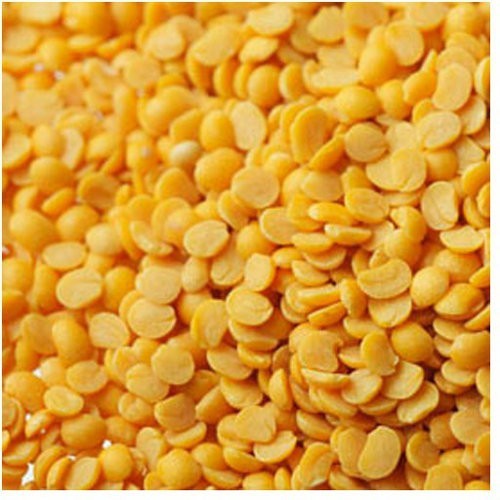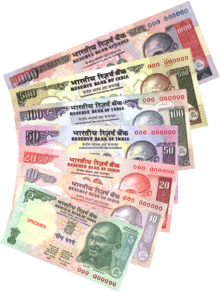The Economic Survey of 2015-2016 is a lovely document which goes into great detail on what is wrong with India on the economic front and offers good workable solutions to solve these problems.
One of the points that the Survey makes is regarding the Indian agriculture becoming cereal centric. The reason for this lies in the fact that the government procures rice and wheat from the farmers at the minimum support price(MSP). While the government announces an MSP for 23 crops, it largely buys only rice, wheat and some cotton. For sugarcane there is an MSP like engagement where the government fixes prices and the sugar mills are legally obligated to buy sugarcane from the farmers at that price.
As the Survey points out: “In principle MSP exists for most farmers for most crops, it’s realistic impact is quite limited for most farmers in the country. Public procurement at MSP has disproportionately focused on wheat, rice and sugarcane and perhaps even at the expense of other crops such as pulses and oilseeds.”
This has effectively led to a situation where the government has large stocks of rice and wheat much above the buffer stock norms. But it also leads to a situation where there are frequent spikes in the price of pulses. In the recent past the price of tur dal (or pigeon pea) had touched Rs 200 per kg. Elections have been lost in the past on onion prices going up and given this, elections can easily be lost in the future with price of pulses going up.
Importing pulses is really not a solution because India is the number one producer as well a consumer of pulses in the world. As the Survey puts it: “Given that India is the major producer and consumer of pulses, imports cannot be the main source for meeting domestic demand.”
This means that the farmers need to be incentivised to produce pulses and at the same the yields on pulses also need to go up. The question is how can the government incentivise farmers to produce pulses and wean them away from producing rice and wheat.
As the report titled Price Policy for Kharif Crops—The Marketing Season of 2015-2016 points out: “A pertinent question arises as to why farmers are not wholeheartedly diversifying towards oilseeds and pulses. Based on Commission for Agricultural Costs and Prices’s interaction with a wide spectrum of farmers and also based on field visits, it emerged that farmers need a backup plan in the form of reasonably strong procurement machinery to be put in place to fall back upon when the prices fall below minimum support price.”
Along these lines, the Economic Survey recommends a “strengthened procurement system” for pulses. And the good part is that the finance minister Arun Jaitley has gone ahead with this suggestion in the budget.
As Jaitley said in his budget speech: “Effective arrangements have been made for pulses procurement… Incentives are being given for enhancement of pulses production. Rs 500 crores under National Food Security Mission has been assigned to pulses.”
Also, the government has plans of creating a buffer stock for pulses like it has for rice and wheat. As Jaitley said during his speech: “A number of measures have been taken to deal with the problem of abrupt increase in prices of pulses. Government has approved creation of buffer stock of pulses through procurement at Minimum Support Price and at market price through Price Stabilisation Fund. This Fund has been provided with a corpus of Rs 900 crore to support market interventions.”
Given the current structure of the agricultural economy these are steps in the right direction. With the government buying more pulses at the minimum support price, it will incentivise more farmers to grow them, improving the total production of pulses. This is very important given that pulses are a huge source of protein for vegetarians.
The other big problem with pulses is that most of it is grown on unirrigated land. As the Economic Survey points out: “In contrast, a large share of output in wheat, rice and sugarcane – in Punjab, Haryana and UP – is from irrigated land. In water scarce Maharashtra, all sugarcane is grown on irrigated land.
Meeting the high and growing demand for pulses in the country will require large increases in pulses production on irrigated land, but this will not occur if agriculture policies continue to focus largely on cereals and sugarcane.” A better procurement policy for pulses will help in increasing production.
Further, pulses have a low yield. In fact, the yield in India is lower than other key pulse producing countries like Brazil, Myanmar and Nigeria, which have better yields than that in India. Madhya Pradesh which is the main state producing pulses, has a yield of 938 kg per hectare. In comparison, China has yield of 1550 kg per hectare.
What has not helped is the fact that the yield has more or less remained flat. In 2007-2008, 826 kg of tur dal was produced per hectare. By 2013-2014, this number had risen to only 859 kg per hectare, at a rate of less than 1% per year (around 0.7% to be precise).
As Dharmakirti Joshi and Dipti Deshpande economists at Crisil Research point out in a research note titled Every third year, pulses catch price-fire: “Pulses account for about 20% of area under foodgrain production, but less than 10% of foodgrain output. Also, over time, production of pulses has failed to catch up with demand. Output has grown less than 2% average in the last 20 years, while acreage has grown even lesser at 0.8%. Not surprisingly, yield rose only 0.9%.”
In order to improve yields, either more pulses need to be grown under irrigated areas, or the unirrigated areas need access to irrigation. The second option will take a lot of time to achieve. Given this, it is important that farming of pulses is encouraged in areas which have access to irrigation. And that is precisely what Jaitley has tried to do with this budget.
There may be lot that is wrong with Jaitley’s budget, but he has got it right when it comes to pulses.
(Vivek Kaul is the author of the Easy Money trilogy. He tweets @kaul_vivek)
The column originally appeared in The Asian Age and Deccan Chronicle on March 2, 2016



